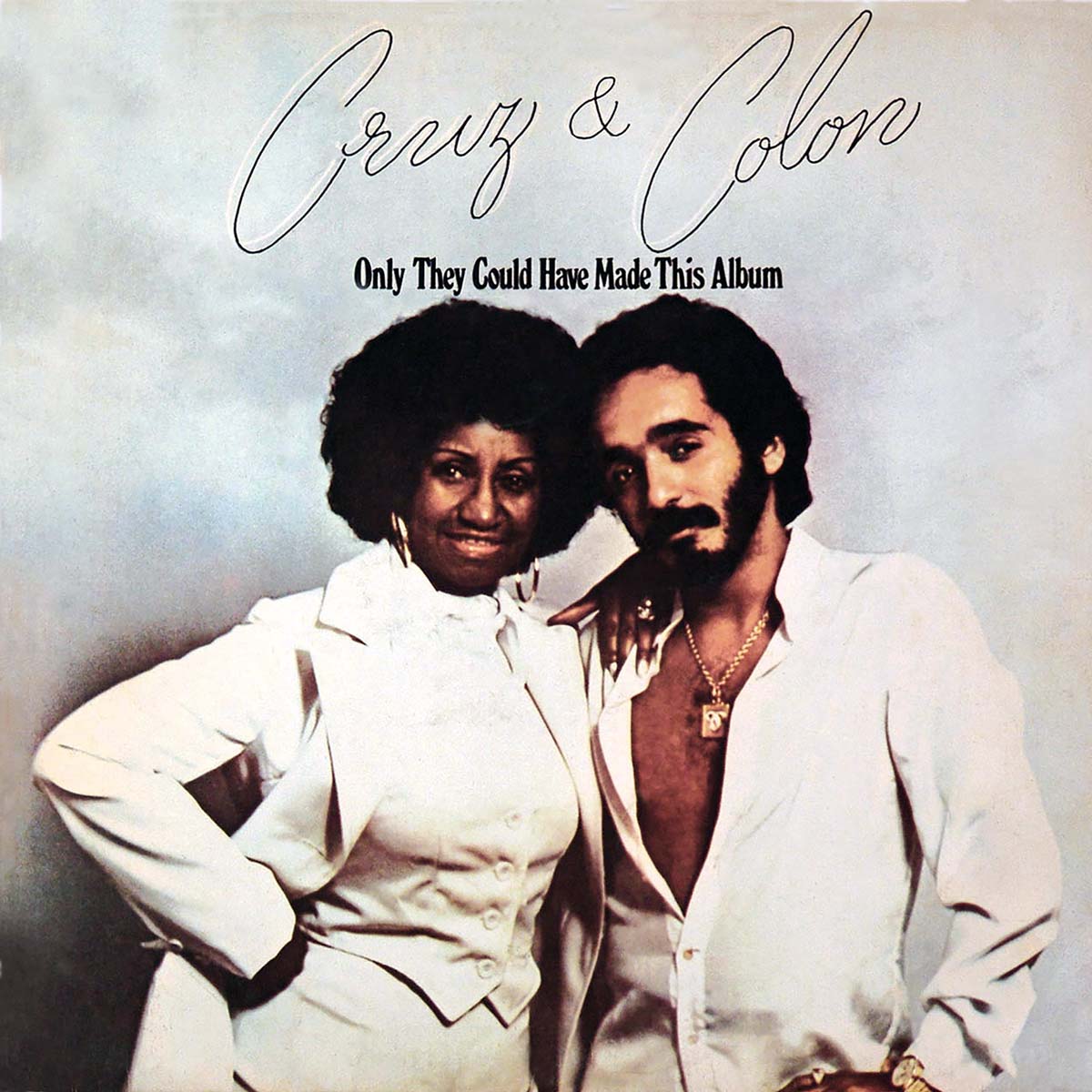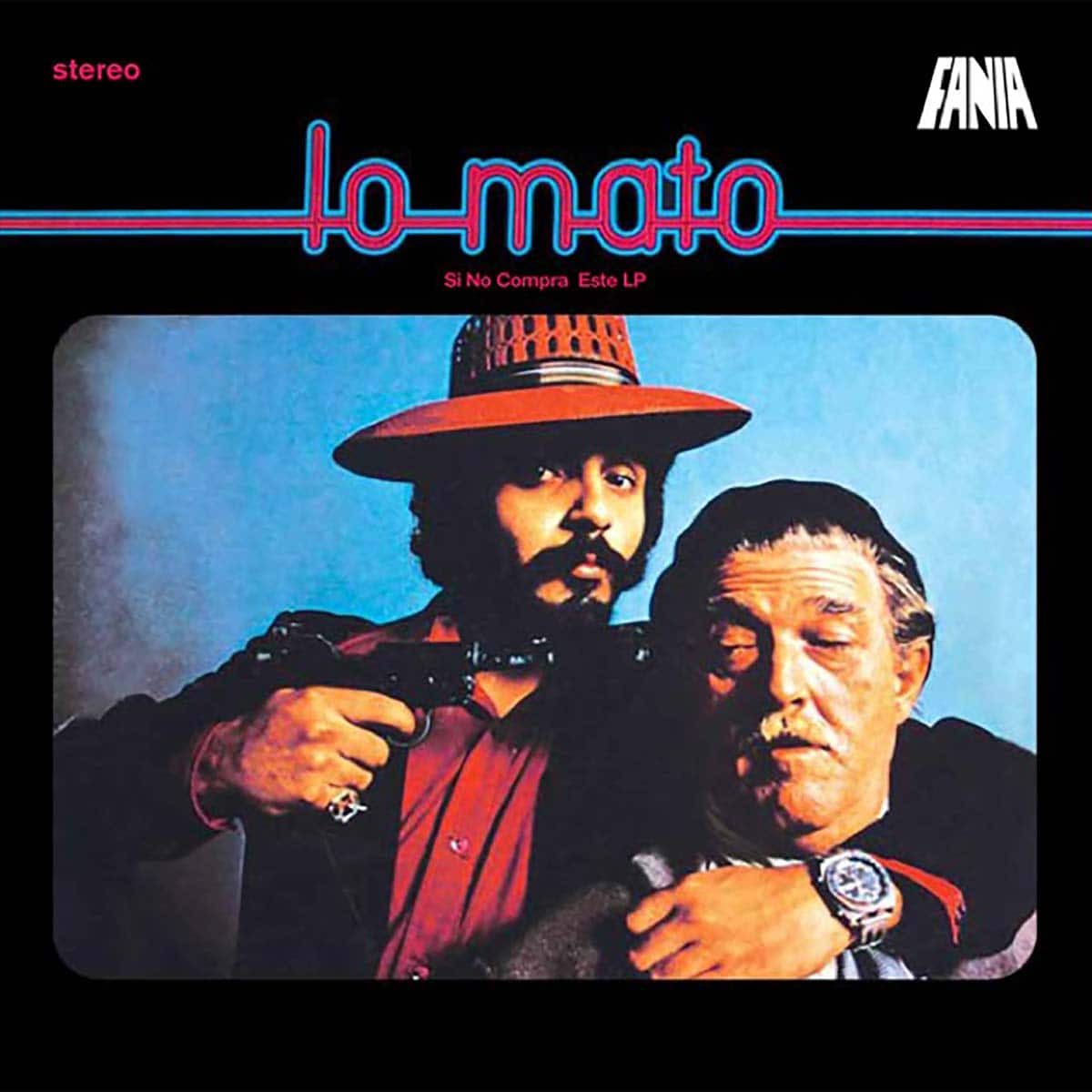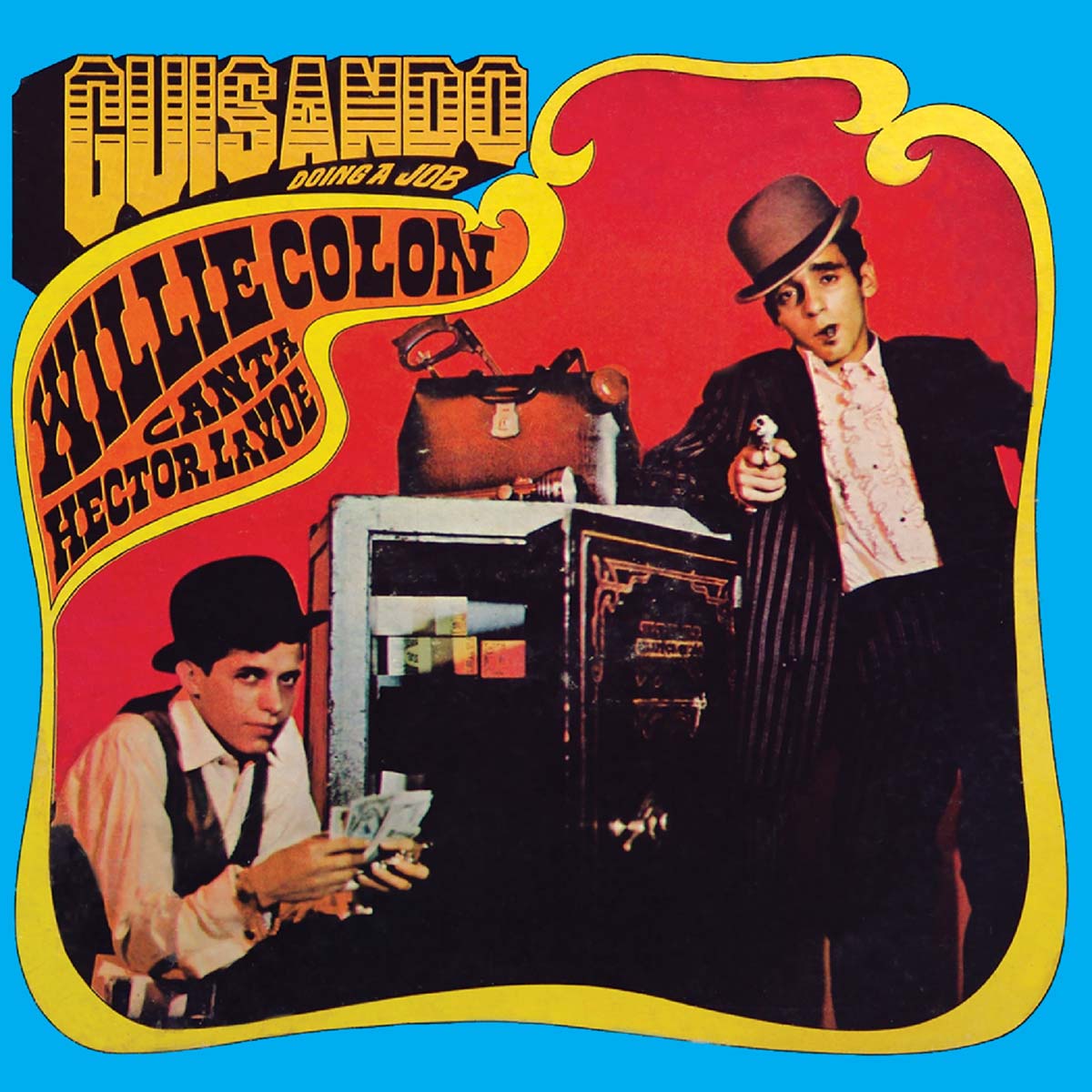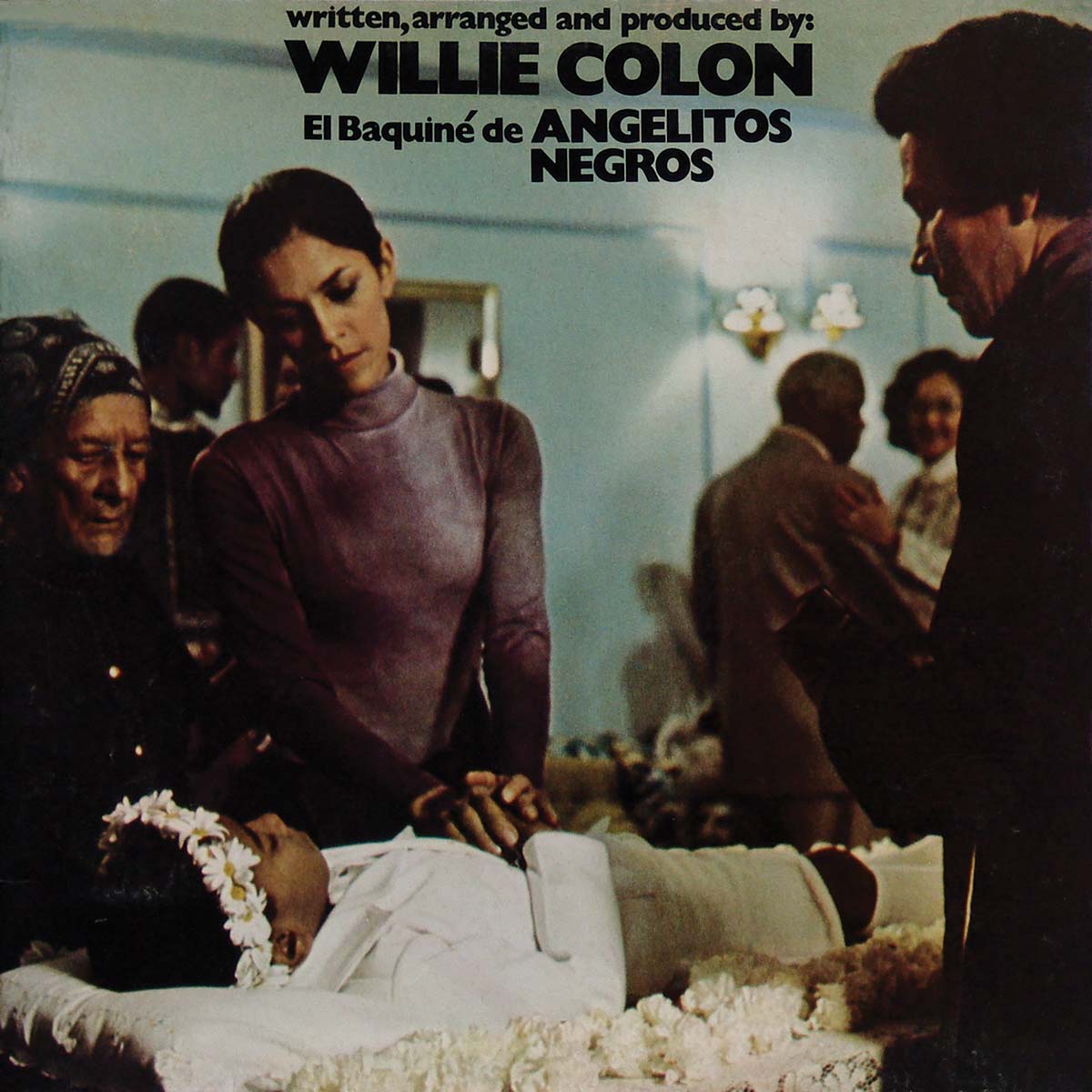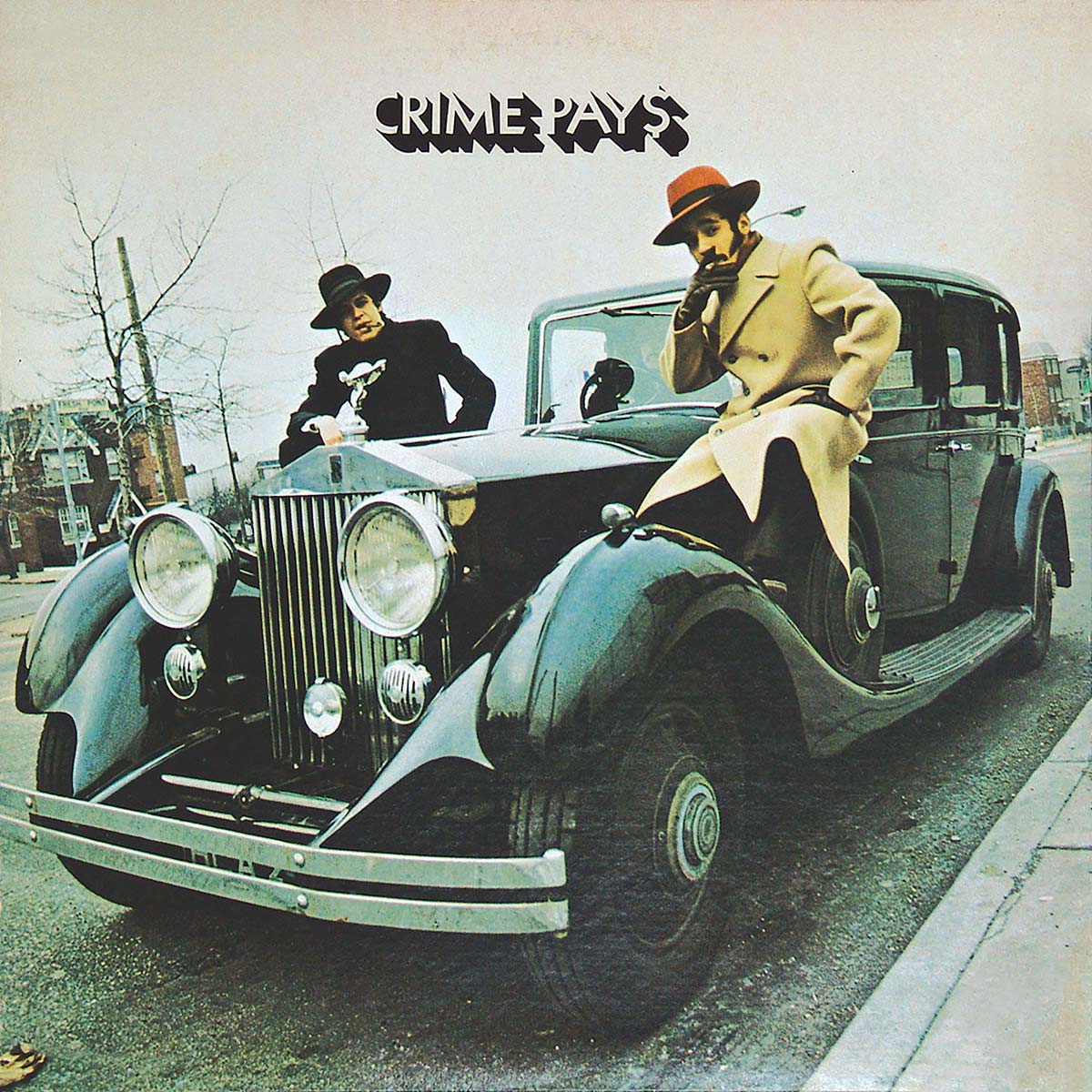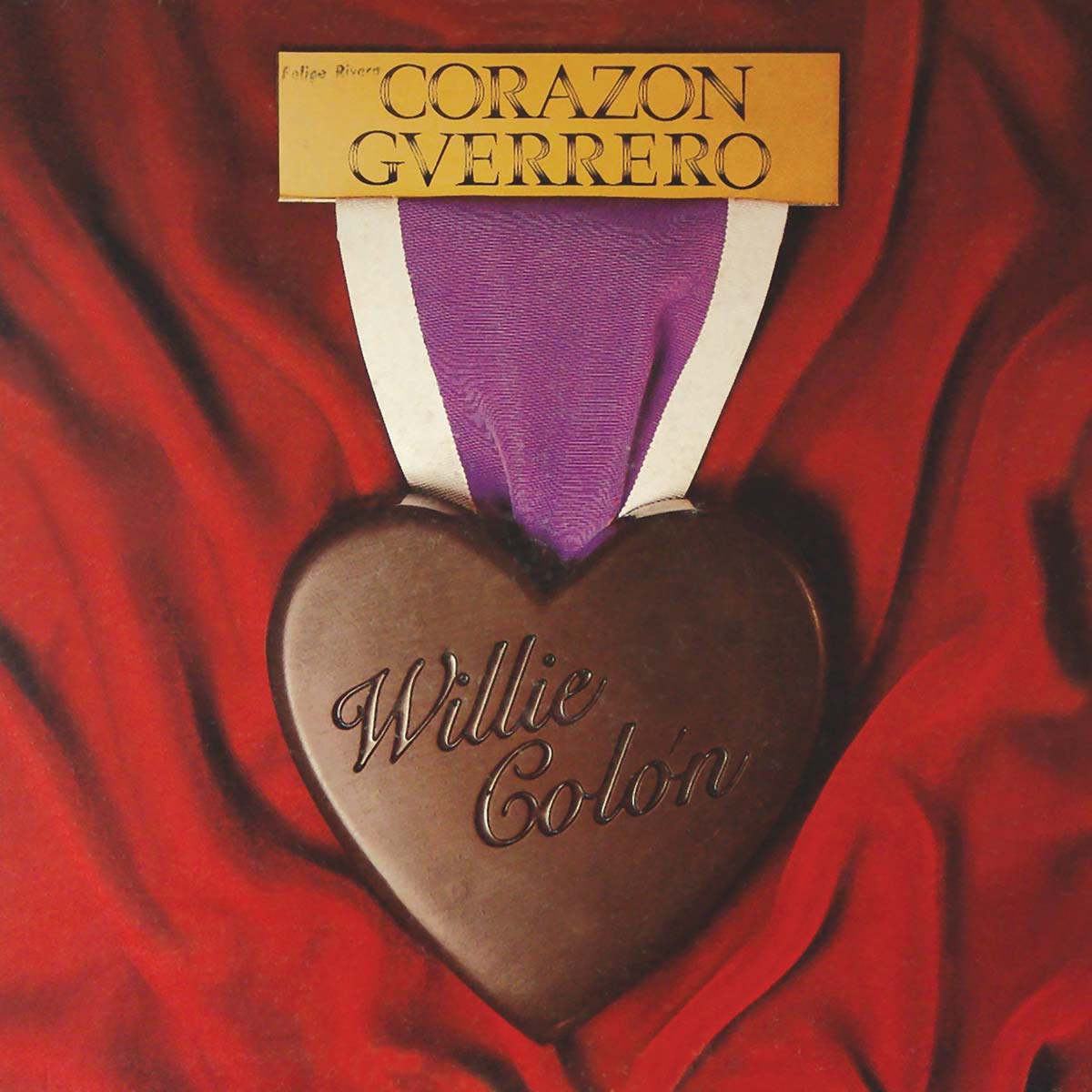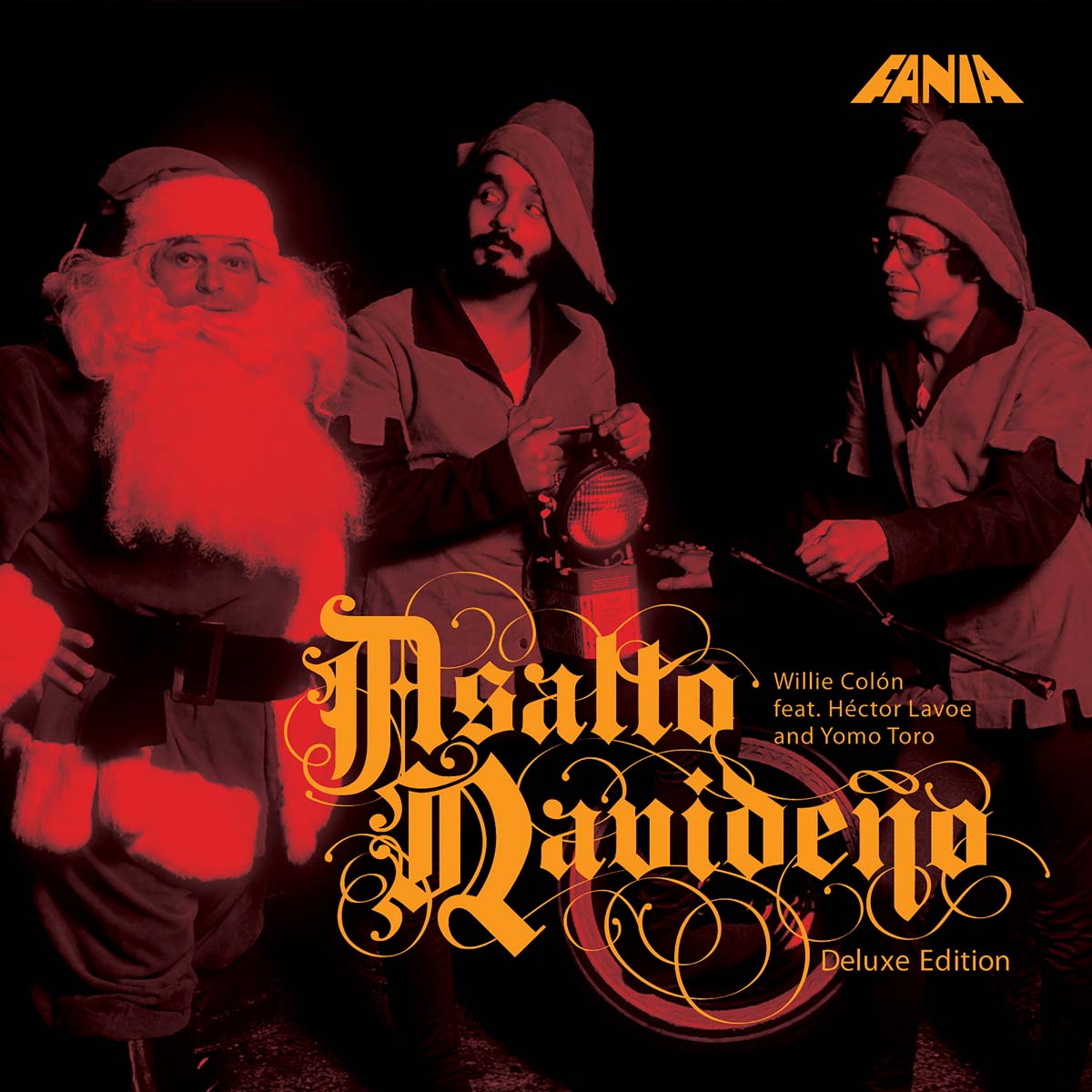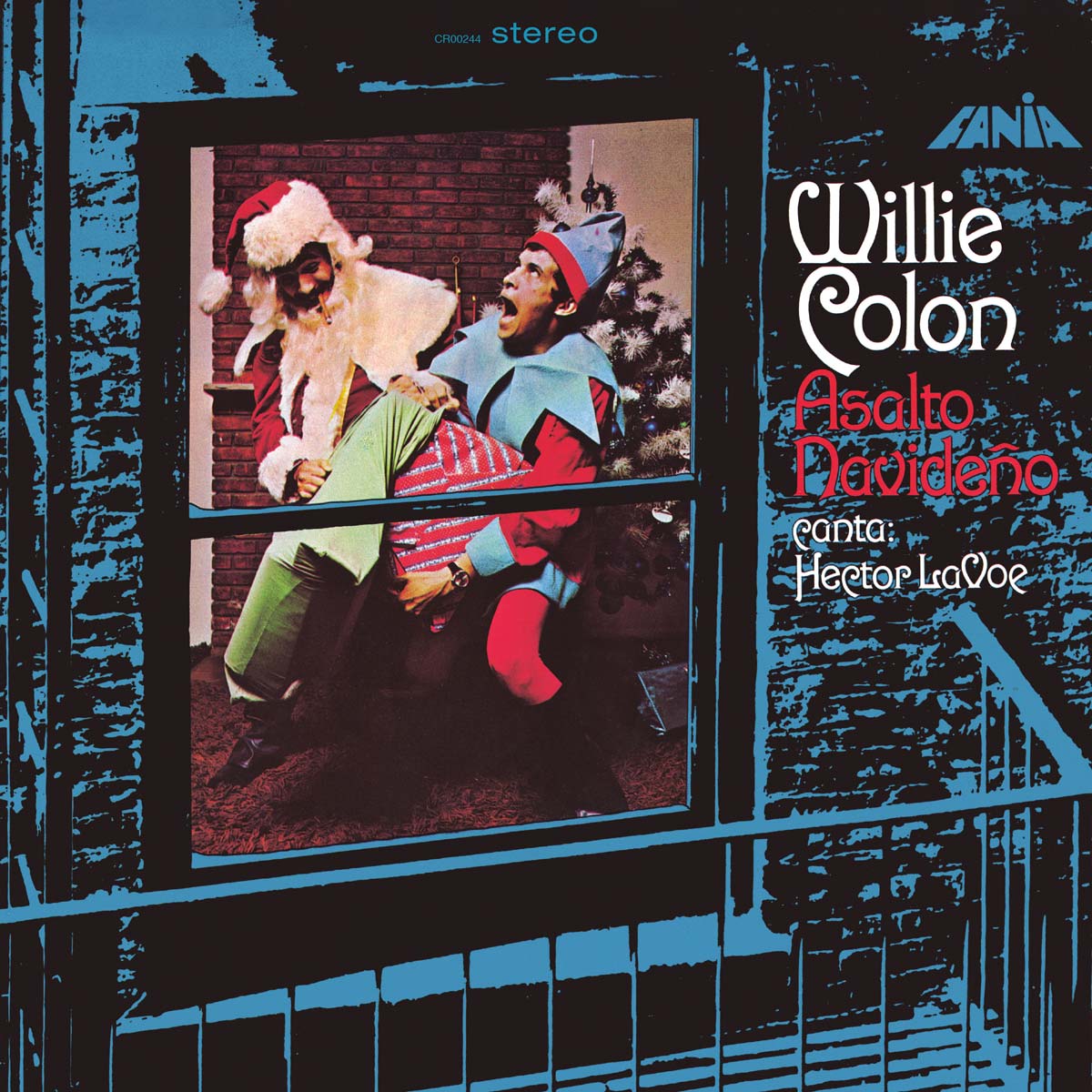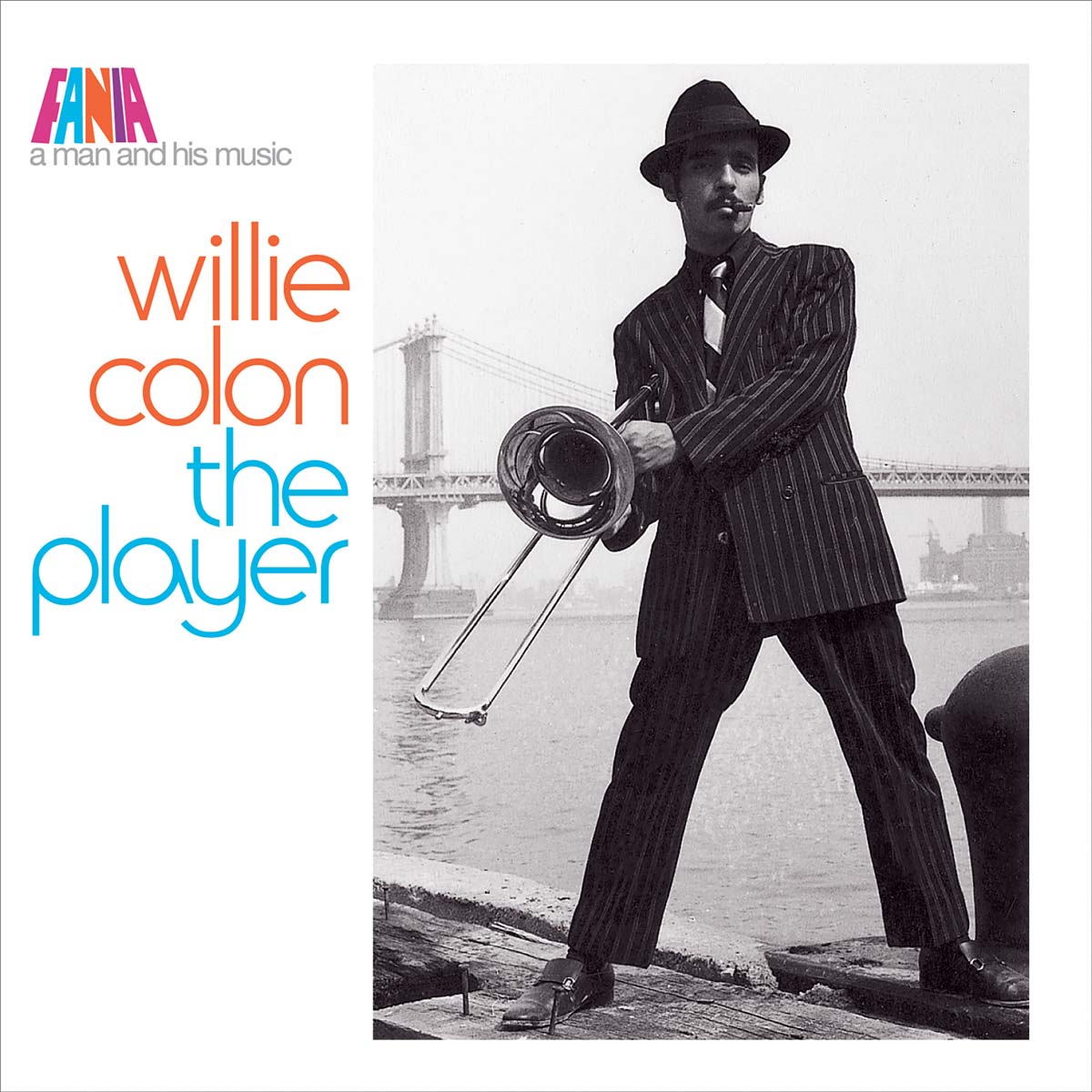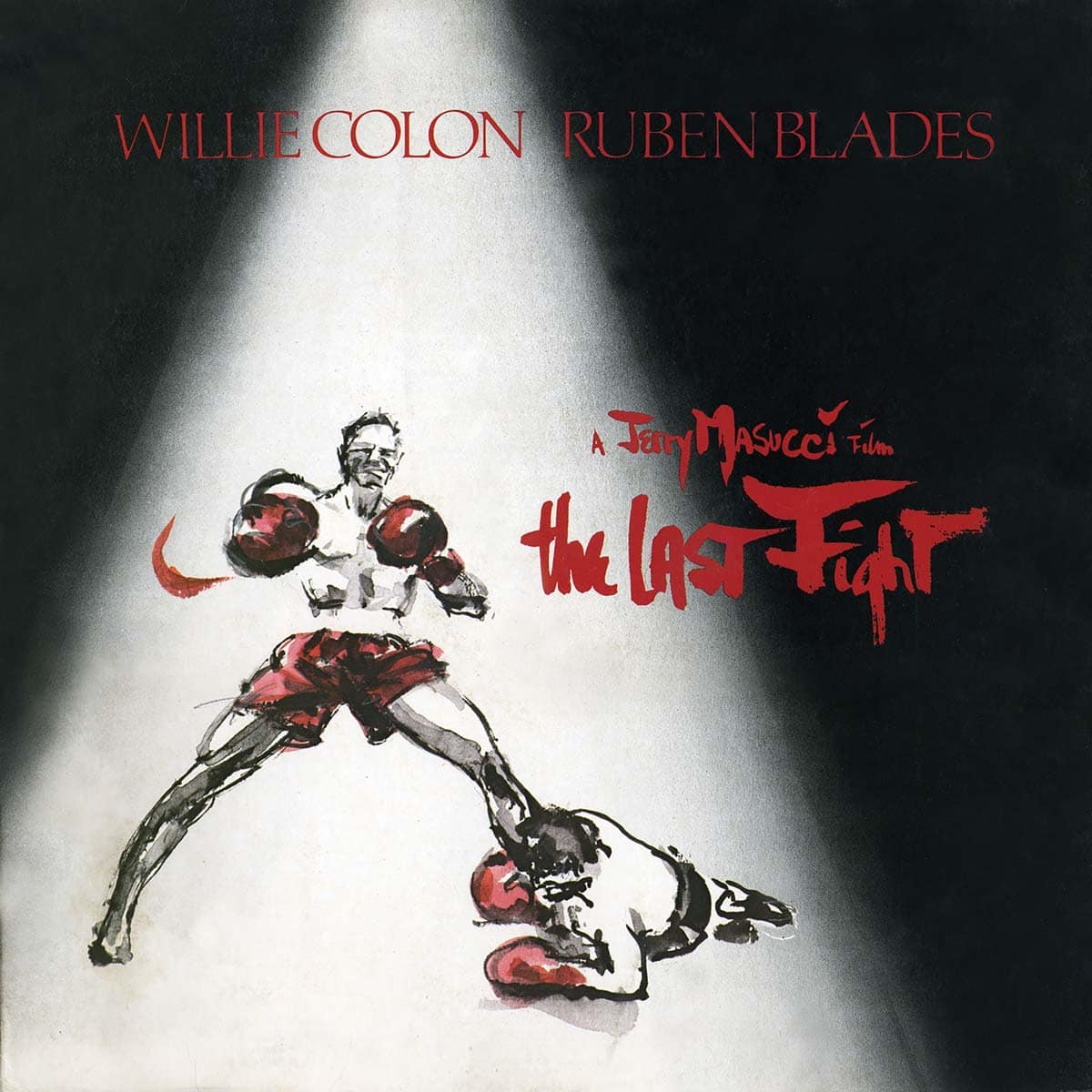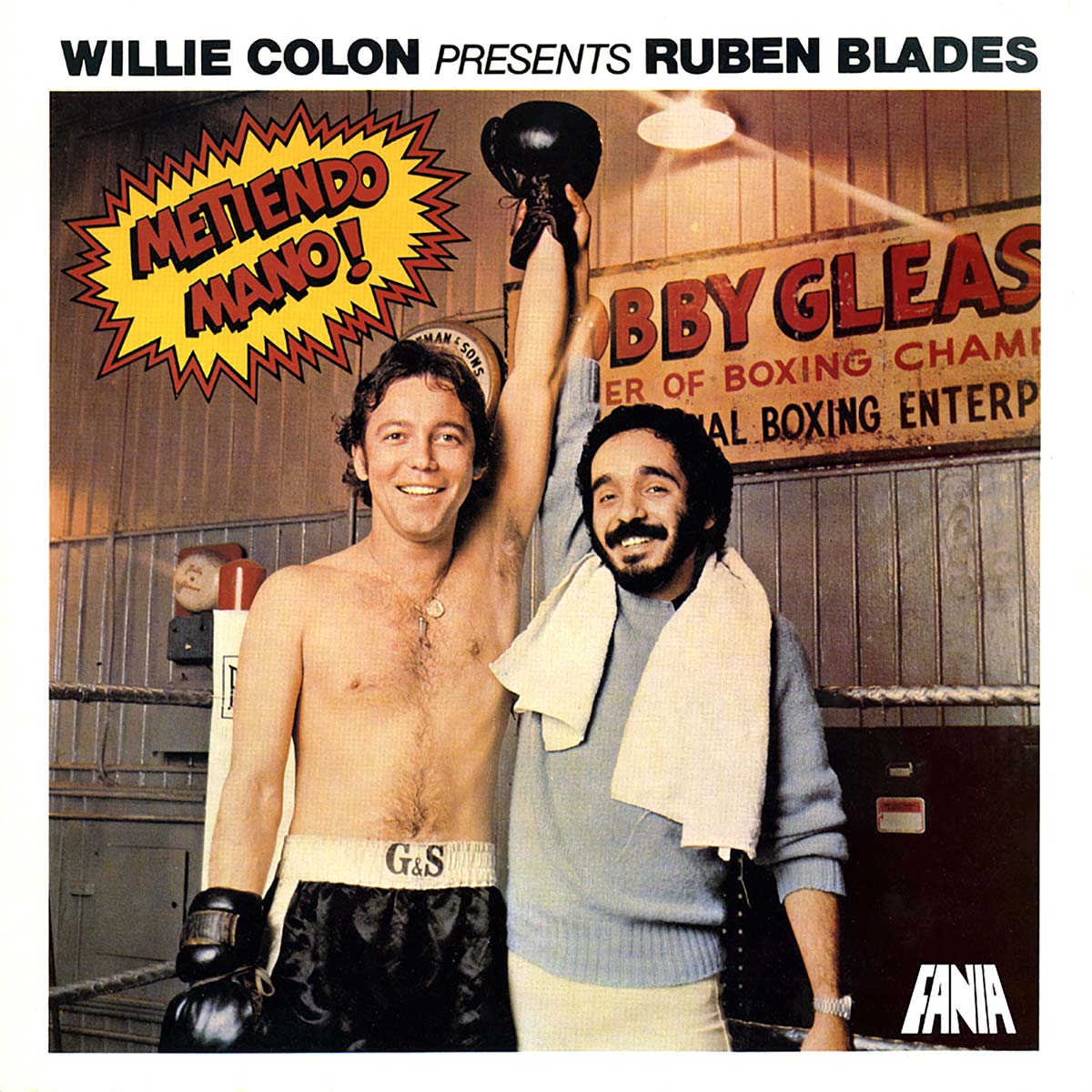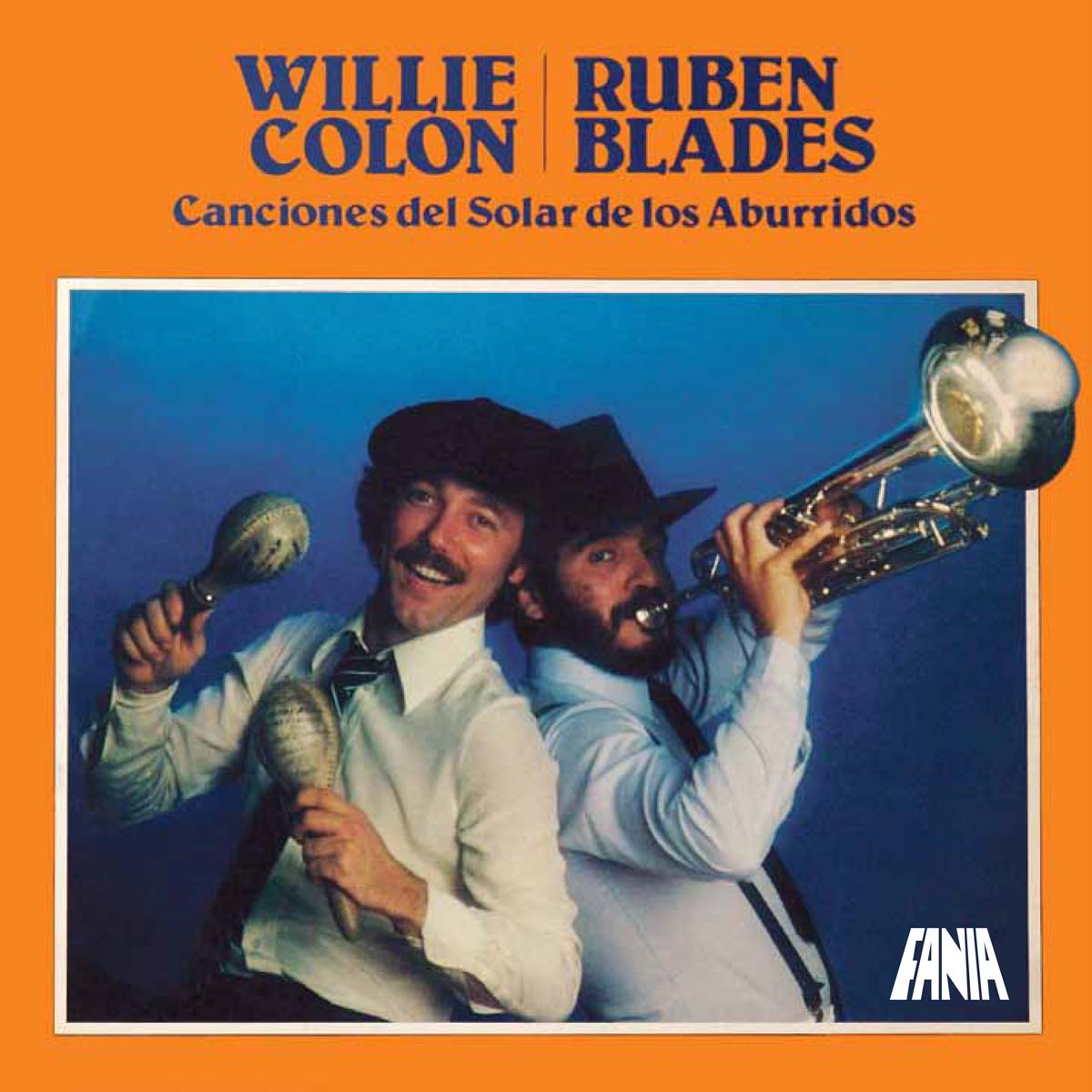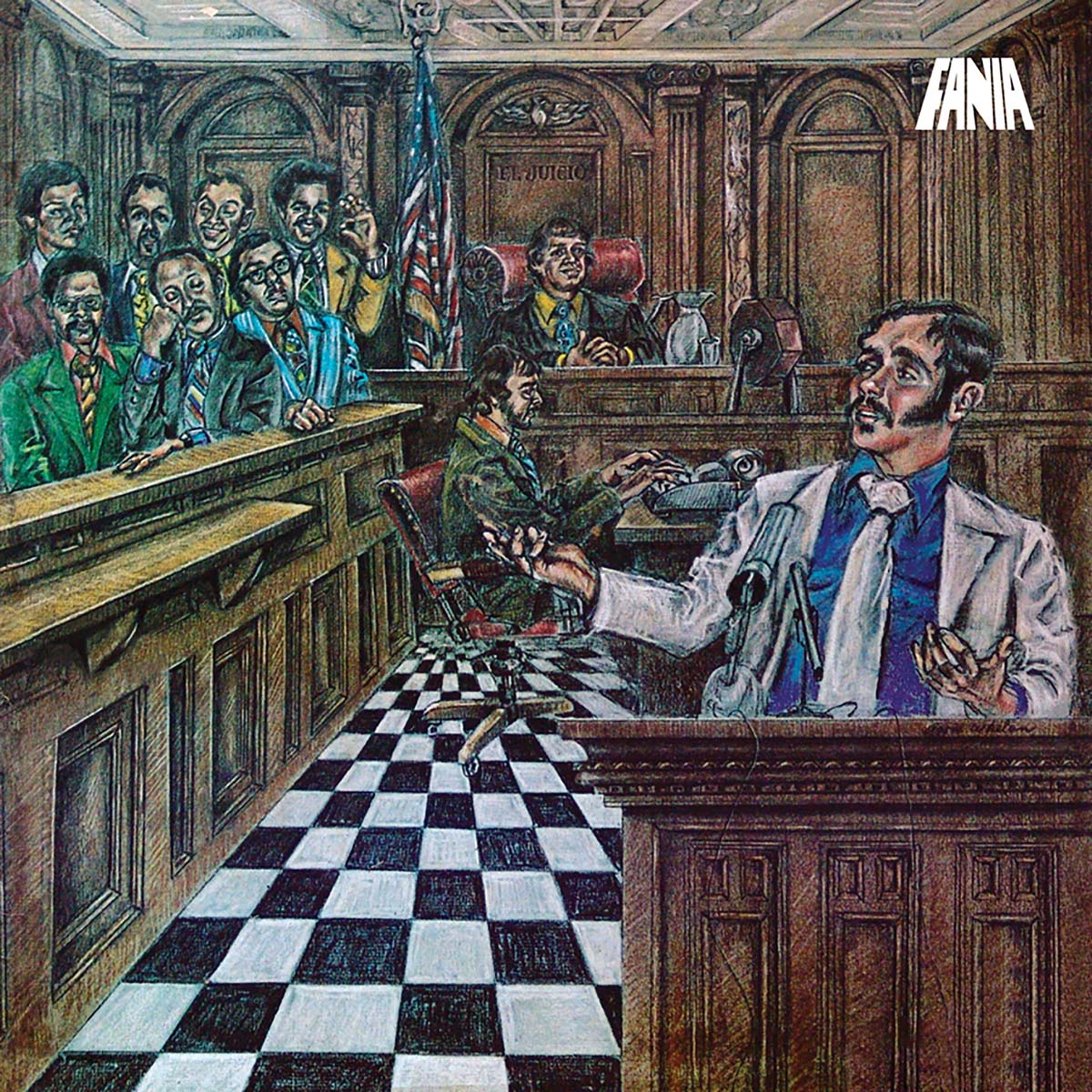
The year was 1972 and the Vietnam War was the top story on the news. President Richard Nixon had just been re-elected while reports of “Watergate” began to unfold. The civil rights movement was raging across the country as NBC Television launched Sanford & Son starring Redd Foxx. In New York City, the subway fare increased from 30 to 35 cents, John Lennon and Yoko Ono were the co-hosts on the Mike Douglas Show while Grease opened on Broadway.
In Puerto Rico, 30,000 attended the Mar y Sol rock concert in Vega Baja. But for Nuyoricans living and working in the Big Apple, it was the new salsa music scene that was all the rage. In this eighth recording, Willie Colón continues to bank on his “thug” reputation—this time showcasing an illustration on the album cover where the young bandleader from the Bronx is on trial. Band members Milton Cardona, José Mangual, Jr. and Professor Joe form part of the jury. Jerry Masucci seems to be the stenographer and is that really Hector LaVoe as the stoic judge in robes? The companion illustration on its reverse side has all members of the court held hostage on the courtroom floor implying that Colón, indeed, got away with the crime. Producing four hits from this eight-tune strong production, Colón stretches his wings here by smoothly mixing musical genres of Brazilian samba into son-montuno, Afro-Cuban religious rhythms and Puerto Rican bomba and danza—all showcasing lead singer Hector LaVoe’s vocalizations. Harmonizing clusters of dissonant chords for the trombones, Colón’s mature musical vision outpaces his young years and developing skills.
The opening number Ah-Ah/O-NO, penned by Colón, resounds with a light and simple refrain that is uncomplicated yet catchy. LaVoe’s voice is coy and playful on this number, demonstrating his vocal word play and rhythmic savvy. The Tite Curet Alonso tune Piraña does justice to LaVoe’s style and range where he sings about a wanton woman who is longed for and rejected at once. Here LaVoe shouts popular street phrases with double meanings that reflect the times as he does at the top of Professor Joe’s piano solo when LaVoe says: “Mira, te estas fumando las cascaras de guineos otra vez,” a reference to smoking banana skins. Seguiré Sin Ti is a beautiful bolero that puts the focus completely on LaVoe’s technique and style with the slower vocal form. He’s still singing torch songs of defensive love that are both suspicious and sensitive but does it in a style that is passionate and soulful. Throughout the years, Timbalero has become the template to which all budding percussionists listen and practice to. Thanks to Louie Romero, a part of the Colón clan since the “Guisando” days, Romero came out of George Guzman’s Boogaloo Band also under the Fania label.
A true hard core salsa gorda tribute to the timbale players so critical to Latin music forms, here Colón fuses Latin elements using snare rudiments on the percussion that turns into a swinging son-montuno that does a 360-degree segue into a bomba sica rhythm coming back to a fast-paced, aggressive salsa sound followed by that indisputable Romero solo, legendary among percussionists today. The acapella call and response between LaVoe and a coro made up of Justo Betancourt and Johnny Pacheco (casi na’), is a tribal calling that paves the way for Milton Cardona’s driving conga solo. Aguanile brings the tribe home to mother Africa with this Afro-Cuban Regla de Ocha introduction call to the gods. LaVoe implores to the gods in a Moorish lament that recalls Iberia’s cultural corridor of Seville. He follows this up with a typical folkloric verse from the Fiestas de Cruz (sung rosary of the Feast of the Cross) that is sung in Latin K’yrie Eleison a custom popular with the Island’s poor and peasant class that dates back hundreds of years.
Of particular note in this recording are Cardona’s punctuated driving beats that build up to Romero’s solo like a wall of rhythmic bricks. In Soñando Despierto Colón plays a trombone solo recalling the early municipal bands of Puerto Rico. In this tune, LaVoe makes a macabre prediction while improvising where he details a dream he had where his mother-in-law gets hits by a truck. When she passes shortly after this recording, the vocalist is devastated. Si La Ves opens with a samba feeling and coro where Colón’s voice is heard on the background vocals as well as lead bone. It quickly turns into a swinging dance number with LaVoe’s voice flying above the percussive wall of rhythms. Pan y Agua is the perfect name for this tune. It’s just the basics here—bread and water.
Album Credits Willie Colon – Nose Flute Hector Lavoe – Lead Vocal Jose Mangual – Bongo Santi Gonzalez – Bass Louis Romero – Timbales Joe Torres – Piano Eric Matos – Trombone Milton Cardona – Conga Gene Golden – Percussion Chorus: Justo Betancourt, Johnny Pacheco Produced by: Willie Colon & Jerry Masucci Recording Director: Johnny Pacheco Arrangements by: Willie Colon Original Album Illustration by: Aggie Whelan Art Director: Izzy Sanabria Engineer: Irving Greenbaum Recorded at: Broadway Recording, NY
Written by Aurora Flores




